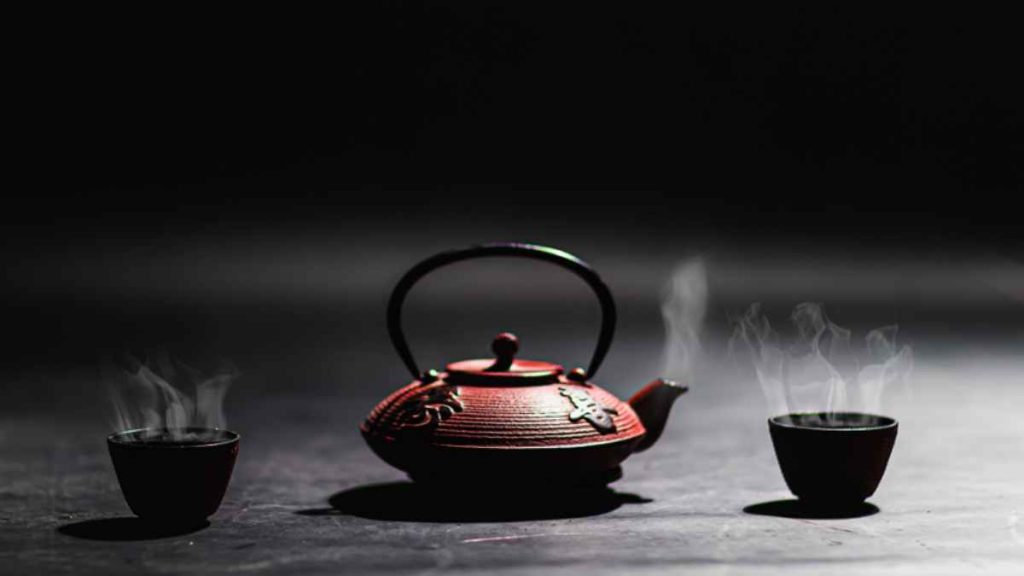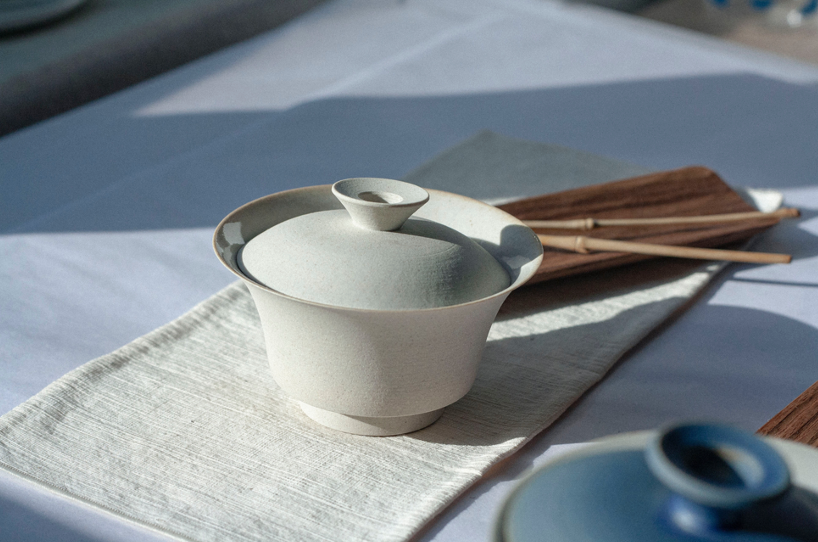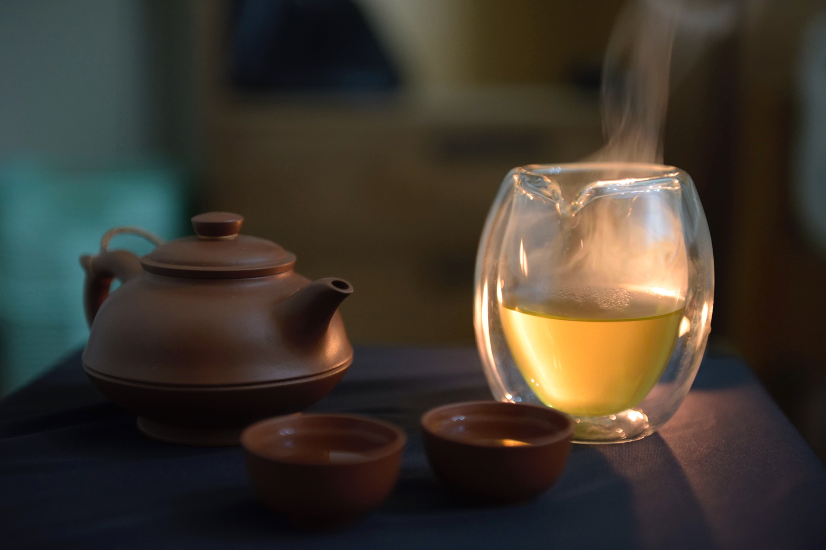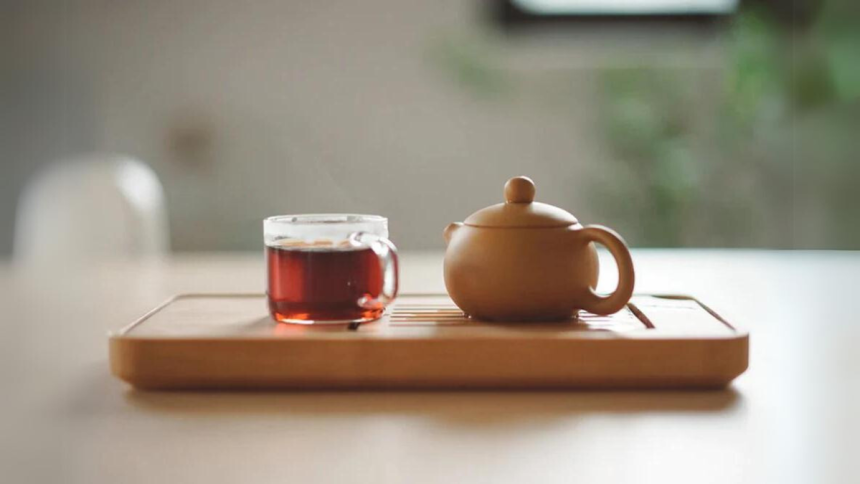Tea, with its millennialong history in China, seamlessly integrates life, philosophy, and culture. The teaware associated with it has become an integral part of this rich history over time. For Western consumers, understanding the backstory not only enhances the taste of every sip but also brings them closer to China’s profound tea culture.

1. Evolution of Teaware
The history of tea culture is ancient. From the initial simple brewing to the current sophisticated Gongfu tea, teaware has always accompanied its development. Before the Han Dynasty, there were no specialized teapots; general wine or food utensils were used. It wasn’t until the rise of tea culture during the Eastern Han Dynasty that specialized teaware emerged. During the Tang Dynasty, boiling tea was the primary method, making ceramic and metal boilers the chosen teaware. By the Yuan Dynasty, loose-leaf tea became popular, shifting the brewing method to using boiling water. In the Ming Dynasty, small teapots made of purple clay (zisha) and porcelain became prevalent. Moreover, the color of tea bowls transitioned from dark to green and white porcelain, highlighting the color of the tea soup.
The zisha teapot became emblematic of teaware during the Ming and Qing Dynasties. Made from the unique purple clay of Yixing, Jiangsu, its material allows the aroma of the loose-leaf tea to be retained, enriching the pot with the scent over time. On the other hand, gaiwan, commonly used for Gongfu tea, especially in Guangdong and Fujian, separates the tea quickly from the water, ensuring optimal taste.
2. Brewing Tea and Its Equipment
2.1 Origin of Brewing and Suitable Teas
Brewing tea refers to adding loose tea leaves into a teapot or kettle, boiling with water, and then drinking. This method was prevalent in China before the Tang Dynasty and continues to be used by nomadic tribes in the frontier regions. However, brewing in this manner might result in a stronger taste and sometimes bitterness. Fresh loose leaf green tea, new white tea, fresh raw Pu’er, Tieguanyin, and Dahongpao from Wuyi Mountain are not suitable for this method. It’s more apt for fermented teas or those with prolonged storage like black tea, ripe Pu’er, Liubao tea, old white tea, aged Pu’er, aged rock tea, and old Tieguanyin.
2.2 Material and Selection of Teaware for Brewing
Various materials are used for brewing tea, including clay, metal, and glass. In ancient China, clay pots were the first choice for brewing. Over time, metal vessels, symbolizing status, gained popularity. However, by the Song Dynasty, they were solely used for boiling water, not tea. The rise of ceramic teapots during the Yuan Dynasty pushed metal ones to the sidelines. Still, metallic containers for storing tea, like tin pots, remained popular due to their moisture-proof and light-proof qualities. In recent years, “old iron pots,” considered antiques, have garnered attention. Yet, they might affect the tea’s taste, requiring careful handling.
3. Types and Usage of Infusion Utensils

3.1 Cultural Background and Influence of Infusing Tea
Infusing tea marked a significant turn in Chinese tea culture, leading to advancements in teaware, tea ceremonies, tea arts, and the culture itself.
3.2 Origin and Features of Small Teapots
The small teapot’s infusion method began in the Ming Dynasty. The tea it produces is aromatic and flavorful. Yixing’s zisha teapots stand out due to their unique clay that changes color and aroma with prolonged use, giving it an ancient jade
like texture. Hence, there’s a culture of “nurturing the pot” in the tea world, dedicating each pot to a specific type of tea and frequently handling it.
3.3 Origin and Use of Gongfu Tea Gaiwan
The gaiwan, consisting of a lid, bowl, and saucer, is specifically designed for infusing tea. In coastal areas of Guangdong and Fujian, the Gongfu tea ceremony using the gaiwan is popular. Infusing requires mastery over the brewing time for a balanced release of the tea’s components, ensuring a taste that’s neither bitter nor too mild. Gaiwan can also be used directly for drinking, representing the Chinese style of tea consumption. The lid of the teapot can not only remove the loose tea leaves floating in the tea, but also allow you to smell the fragrance of the tea. It is especially suitable for brewing highly aromatic loose-leaf oolong teas, such as Tie Guan Yin, Fenghuang Dancong, Da Hong Pao, and so on.
3.4 Popularity and Usage of Glass Teacups
As urban culture evolved, many young individuals began using larger teapots or glass cups for infusing tea. Glass cups allow one to witness the unfolding of the tea leaves, especially for loose leaf green tea and jasmine tea.

4. Proper Use and Storage of Teaware
Whether it’s an ancient zisha teapot or modern glass teaware, proper usage and storage are essential. For instance, zisha teapots should be stored in a ventilated area away from direct sunlight, while glass teaware should be protected from drastic temperature changes.
5. Selection of Storage Containers for Loose Leaf Tea
In China, the tradition of storing loose leaf tea at home is rich and varied. Depending on the type, different teas require specific storage methods. Selecting appropriate storage utensils is crucial. The main choices include:
● Wooden boxes for teas like Pu’er that continue to ferment.
● Ceramic containers for loose leaf black tea and loose leaf oolong teas.
● Metal cans, like tin or iron ones, for teas that undergo microbial fermentation.
● Colored glass bottles for long-term storage of teas sensitive to light, like loose leaf green tea or certain flower teas.
For each type, certain conditions must be met. For example, loose leaf green tea should be stored in a cool, dark, odorless environment, preferably below 5℃.
Conclusion:
Understanding the history and correct usage of teaware helps appreciate the beauty of tea and delve deeper into China’s profound tea culture. Through this article, we hope readers gain a richer understanding and appreciation of Chinese tea culture.
Lynn Martelli is an editor at Readability. She received her MFA in Creative Writing from Antioch University and has worked as an editor for over 10 years. Lynn has edited a wide variety of books, including fiction, non-fiction, memoirs, and more. In her free time, Lynn enjoys reading, writing, and spending time with her family and friends.















